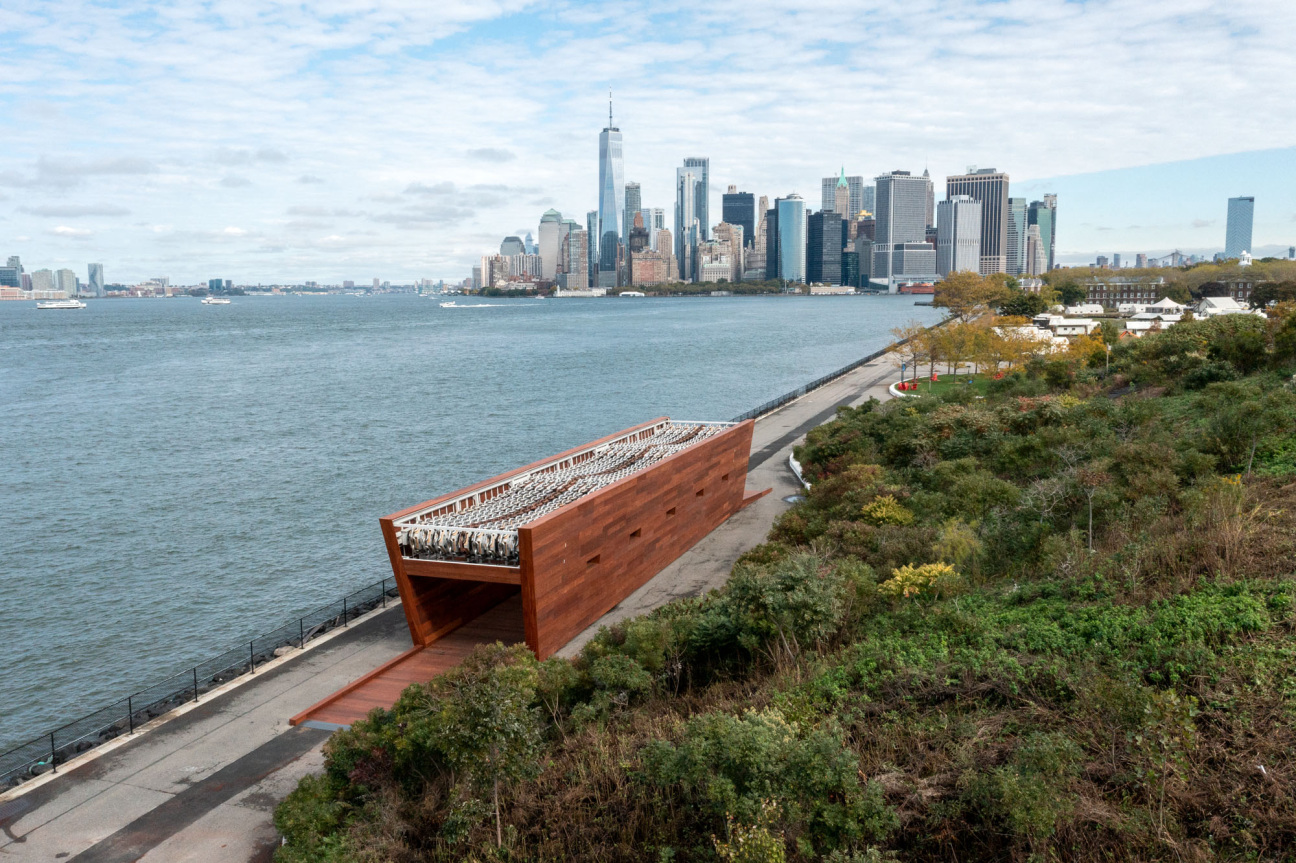
Behind every seminal artwork are the partners who take the leap of faith to help the artist materialize it—be it curators, a gallery, an institution, or patrons. VIA Art Fund, a nonprofit co-founded in 2013 by collector and philanthropist Bridgitt Evans, has made it its mission to routinely be the first to take that plunge.
Since its inception, the fund has already awarded over $8 million in grants across its direct partnerships with artists, curators, and institutions. From that total, $1 million was awarded last year alone, as the organization rapidly increases its size and scope. Since 2021, VIA has been led by Executive Director Brooke Davis Anderson, with Susan Thompson joining in 2023 to spearhead grantmaking.
“The next 10 years will be about scaling because the need is so much bigger today than it was when we started,” says board member Arri Burrows who, outside of his involvement in art funding, works in Institutional Sales at Goldman Sachs.
After celebrating its tenth anniversary last year, the non-profit prepares for another big year, notably working with artist Sonya Clark on a substantial installation for Philadelphia’s Monument Lab. Burrows sat down with fellow board member Molly Epstein for an off-the-books conversation about the development of the organization. “I’m excited for the next 10 years, and the projects we will discover and fund in the next decade and beyond,” shares Epstein, an independent curator and senior partner at Goodman Taft advisory. Here, the two chart their own journeys to VIA, and where they see the organization heading next.
Molly Epstein: Hi Arri, nice to see you. This is outside the context of a partner’s meeting or a board meeting.
Arri Burrows: Yes, this is fun.
Epstein: I would love to hear what drew you to get involved with VIA Art Fund initially.
Burrows: I’d always been involved in supporting cultural organizations and philanthropy. I played classical piano growing up and that was a big part of what got me interested. When I moved to New York, one of the questions was: how can I find organizations to support that are impacting arts and culture in unique ways? Just by way of learning about some of the projects that VIA had going on, I was introduced to our founder, Bridgitt Evans. I talked about what I was looking for in an organization, and she said, “I think we have what you’re looking for right here.”
I sat in on a meeting, and I was really blown away by a few things. There was a tremendous amount of rigor in the process of what went into it. It was hundreds of pages on projects, strategy, budgets, and expectations on how long these projects were going to be up in these different communities. And there was a lot of measurement of impact. There are so many organizations that you can support where you can feel like you’re a part of something, but VIA is a place where you feel responsible for something. The idea that each individual partner feels responsible for the work we do on the projects—that really was inspiring to me. Seeing this process up close, I saw it once and I was sold.
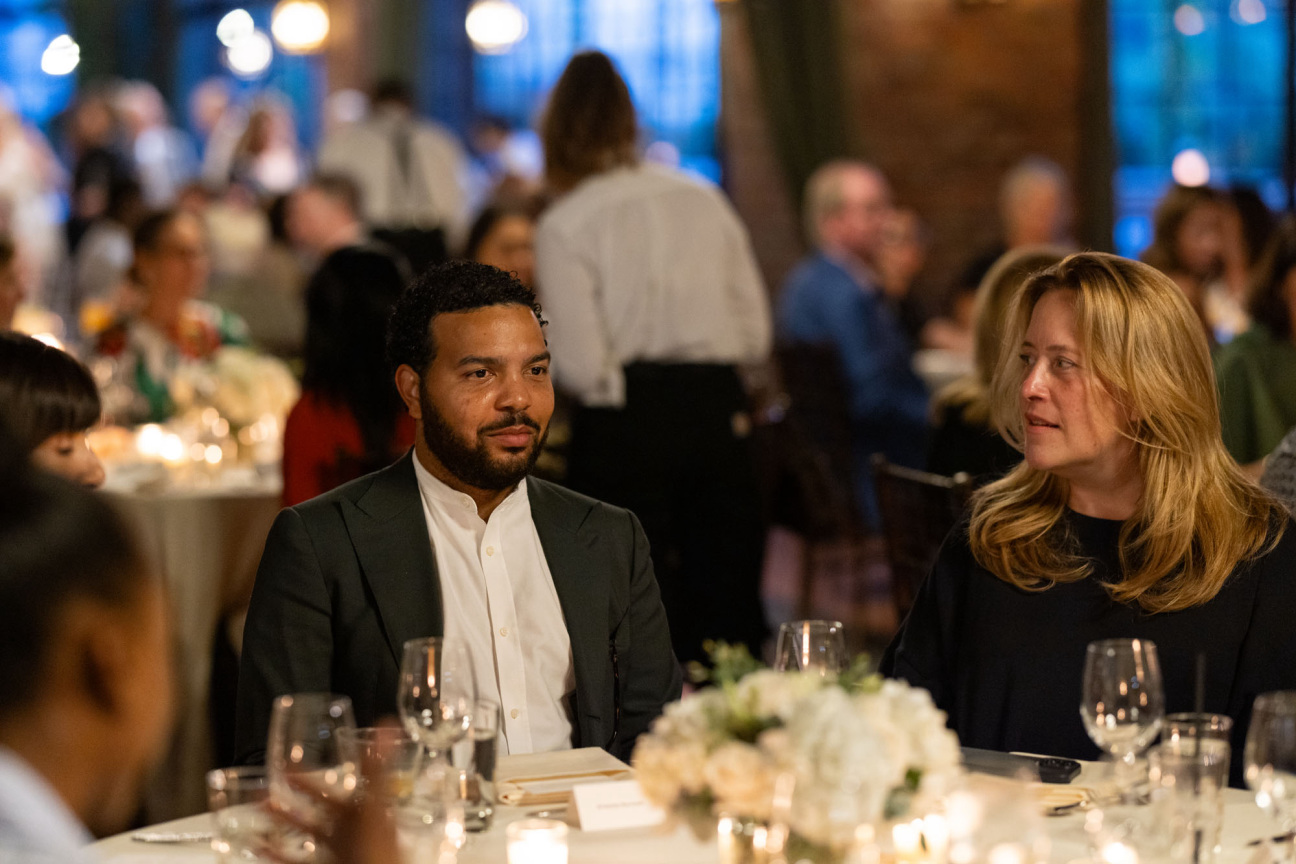
Epstein: Coming here from the Bahamas, [why is] the work we do in terms of public engagement particularly compelling to you?
Burrows: Growing up in the Bahamas, I engaged more with music and performance than I did with physical art, and a huge piece of that is there just weren’t the type of institutions available locally where you could get that experience. When you think of walking down the streets of New York, you can stumble and fall into a museum that has an amazing collection telling really interesting stories about diverse aspects of experience, history, or culture. We just didn’t have that same level of access. There are students in the outer boroughs who may have the same experience that I had, even though I was growing up in the Bahamas. So many of the projects that VIA has go into those communities. But I want to turn the tables a little bit. What inspired you to join VIA?
Epstein: I first encountered the organization 10 years ago in 2014, when I was still a gallerist and a dealer. I was immediately compelled by the remit as laid out by the founders. VIA was this very democratic collective funding model where patrons were coming together, immersing themselves in education and proximity to artists and makers and curators and being really early seed funding for very ambitious projects. Having worked closely with artists for many years on the gallery side of things, I thought that generosity, that openness, and that willingness to be first—when the idea was just percolating or had just begun to take shape and form—was really exciting and felt quite rare.
Burrows: I’m curious, from your perspective as a former dealer, about the importance of a lot of these nontraditional avenues, or non-commercial avenues rather, for getting some of the storytelling out. It feels like VIA gives artists a license to be daring.
Epstein: As a former gallerist and dealer, and now as an independent curator and advisor, we see so many artists who are thinking really big, and it’s always exciting to see what’s happening out in the field, at biennials and triennials globally, around new ideas and how they manifest. Part of what is so exciting about VIA, and what really sets it apart, is oftentimes when a project comes to us, it’s in the very early stages of development. We are not closing the gap at the end of something. We’re not trying to get something over the line in its final moments. Rather, we are in dialogue with artists and curators when an idea is in its nascent stages.
We funded the U.S. Pavilion at the Venice Biennale several times and we’re very proud of that engagement with Jeffrey Gibson, Joan Jonas, Simone Leigh, and Mark Bradford, but we’ve also supported things in very different contexts that are not perhaps part of the global conversation yet. It attracts a certain kind of patron who is interested in what’s happening in the world, who wants to be part of the conversation at the point of entry, and who is excited by that opportunity.
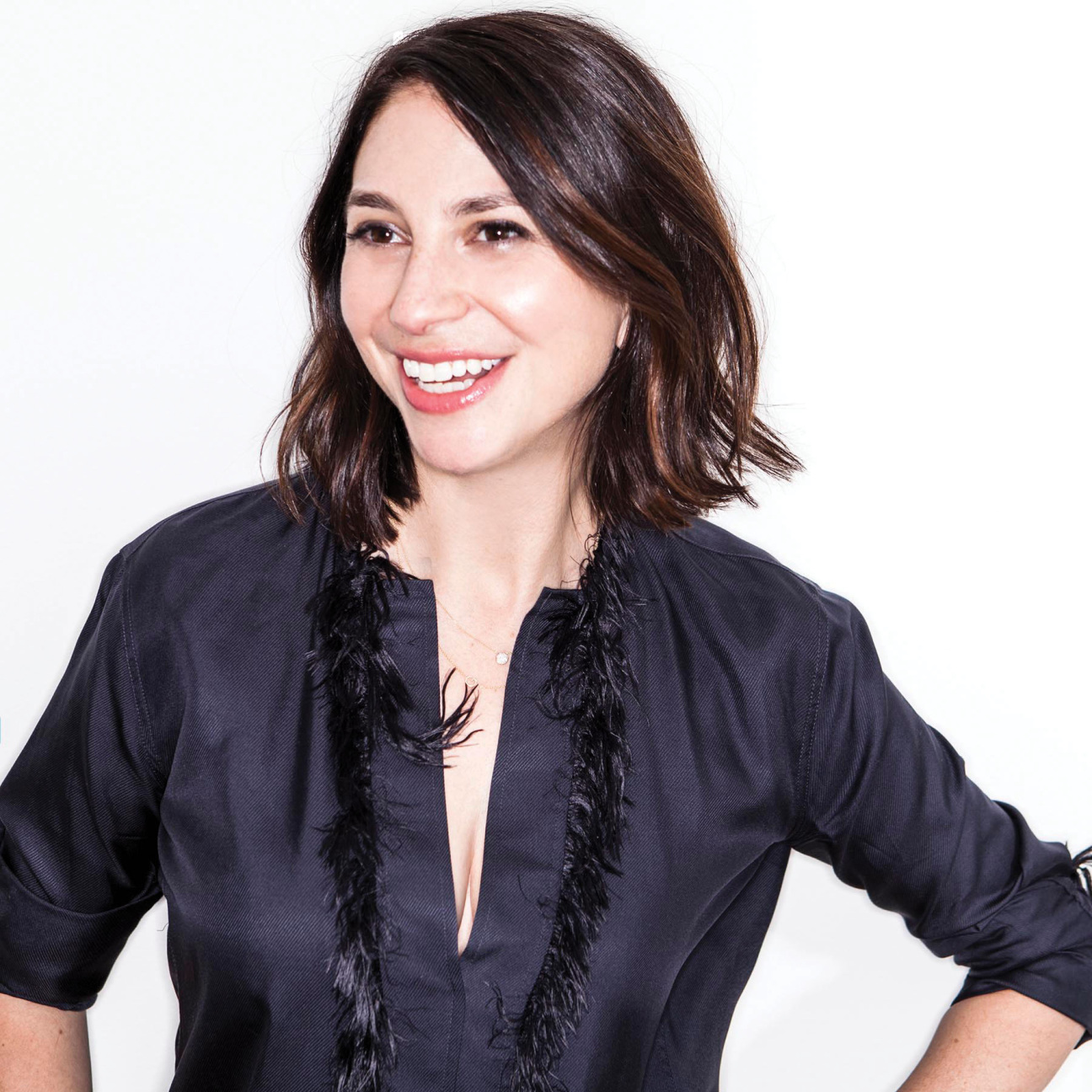
Burrows: We have talked about this idea that if there was a tagline for us, it is “risk-taking, but with rigor.” We’re in the midst of working on our 10-year grantmaking analysis. It is really astounding how early we get involved with artists who are doing new and ambitious works, and then seeing the final artworks months later, and witnessing that the majority of them meaningful impact in their communities. There is something really interesting about going to someone and saying, “We love your project. We believe in you. We believe in what you’re doing. There is a freedom for the artist’s we work with.”
Epstein: We funded an important project by Charles Gaines that was part of “Prospect 3: Notes for Now,” curated by Franklin Sirmans. VIA’s current executive director, Brooke Davis Anderson, led Prospect New Orleans at that time in 2013. When we were in New Orleans with Franklin and Charles seeing that piece unveiled, it was an extraordinary experience. That was almost 10 years ago. When we think about the artist projects that were part of VIA’s early history, it’s amazing to see those artists continue to make an incredible impact over time.
I was also thinking about Robert Irwin’s project at Chinati, which is a permanent project there in Marfa, which was another early grant back in 2016. And the Charlotte Posenenske exhibition and gift to the Dia Foundation for their permanent collection, a female artist who was not yet part of the collection. And Sarah Sze’s Fallen Sky, which was the first new permanent commission at Storm King in over a decade.
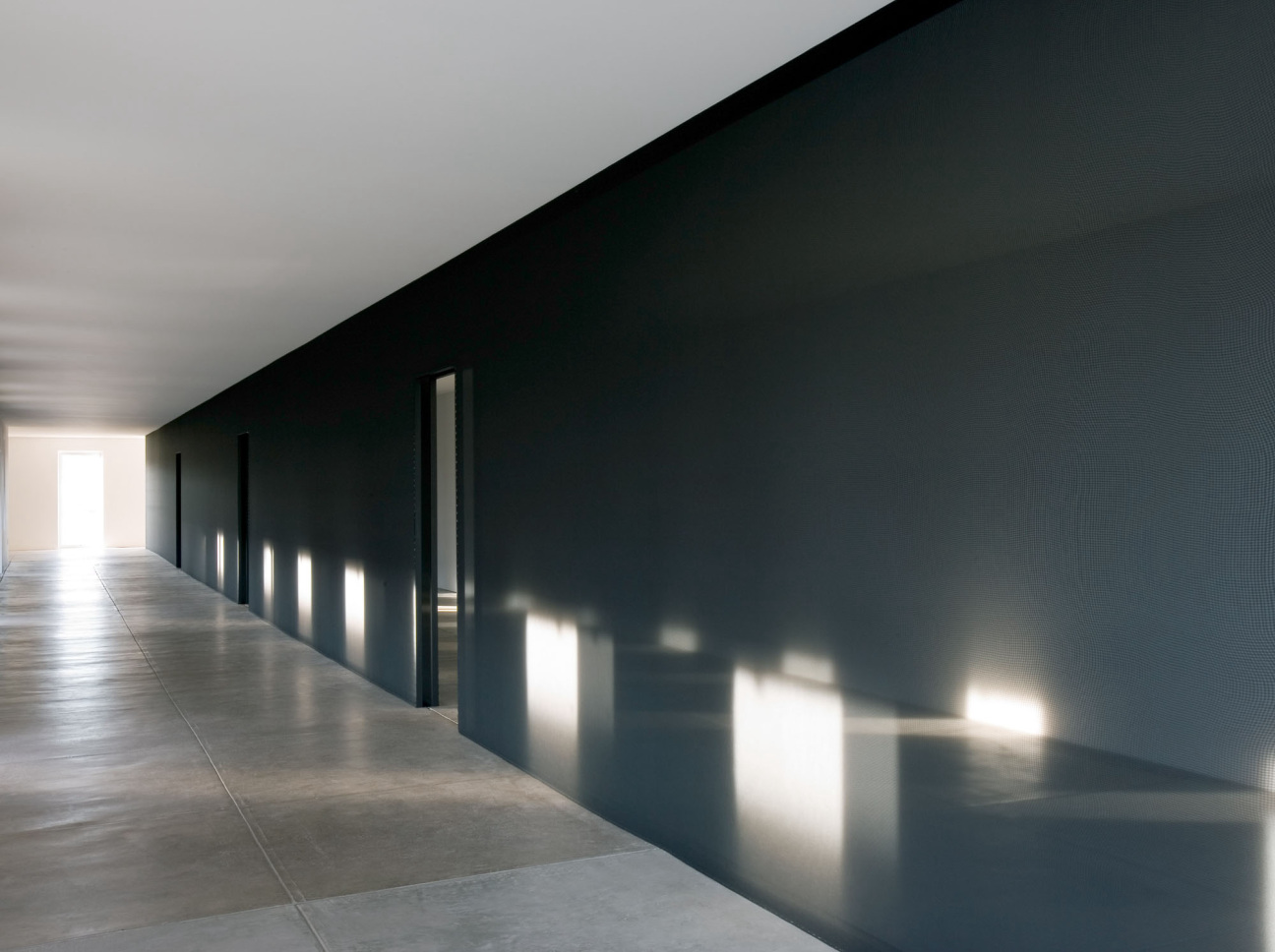
Burrows: When you talk about Charles Gaines, what’s really cool is we came back around a decade later and were involved in supporting “Moving Chains,” this project on Governors Island, and that’s a project that’s going to travel. It was accompanied by so much programming in New York. He took over Times Square Arts with an entire orchestra to talk about the Supreme Court decision—I believe I’m truncating it—fundamentally tied to whether Blacks could be U.S. citizens.
As harsh a conversation as it is, the way that he thought about programming in that space was magical because it brought so many people into the conversation, both in Times Square and out on Governors Island. It also speaks on VIA supporting permanent works that live outside the museum walls and outside the institution walls. Do you want to talk a little about the Sonya Clark project?
Epstein: Yes, we are very excited. This is a recent grant we made to Sonya Clark’s project entitled “Declaration House,” with Monument Lab opening June 24 in Philadelphia. Sonya is deploying new technology and capturing portraits from her time doing research at Monticello, Thomas Jefferson’s former residence. Moving image is an uncommon medium for Clark. These portraits will activate the windows of a historic place in Center City, for all passers-by to consider what took place in this building more than 200 years ago. As you mentioned, Arri, we are really committed to the funding of work outside of traditional exhibition spaces and beyond typical institutional models.
Burrows: When Sonya came into our [partners] meeting, and she showed a video that gives an understanding of what this new body of work is going to look like, it was incredibly captivating. It speaks to the fact that when you have the curators and the artists talking about their work directly as part of our process, it makes a difference.
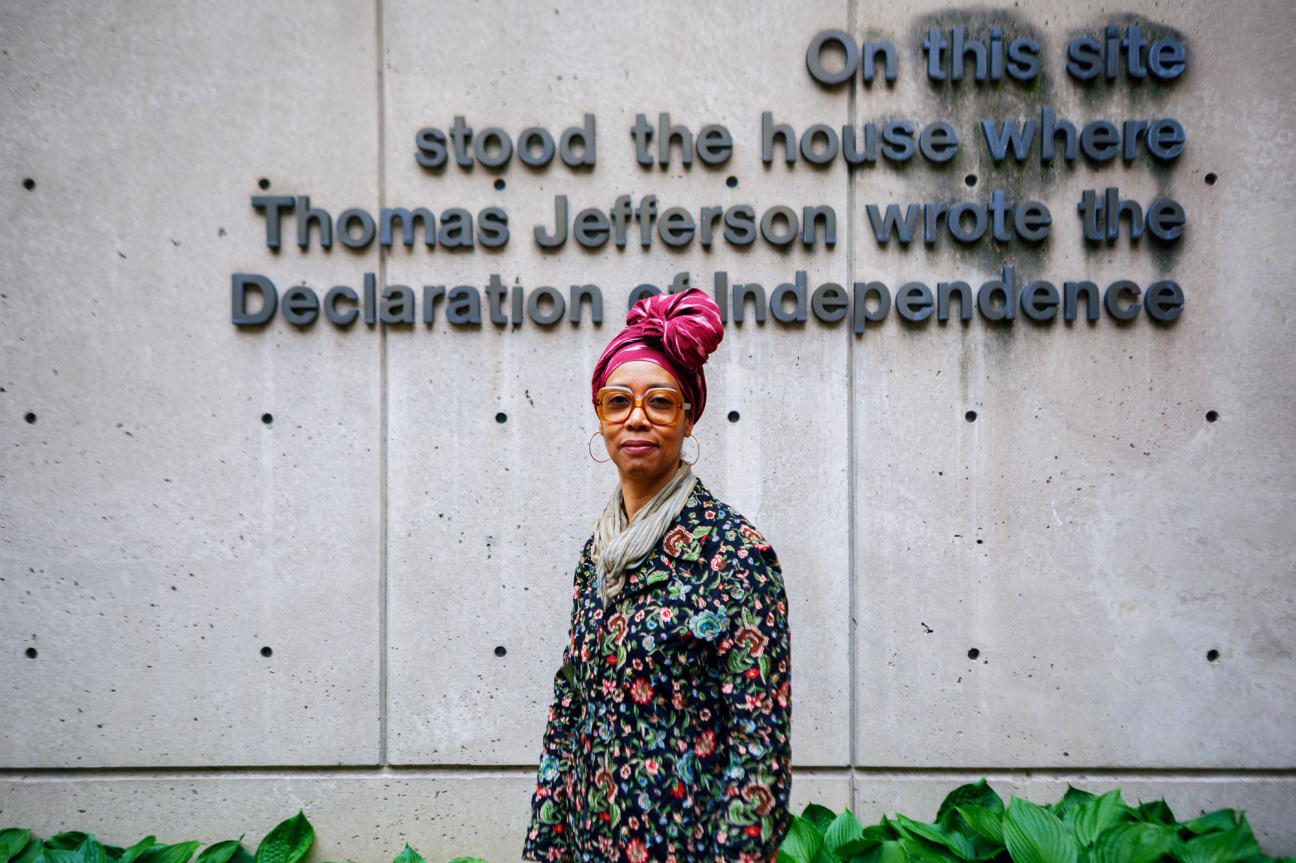
Epstein: And it’s a project that really grapples with the complex history and legacy of slavery in our country, and feels topical and important for everyone to access and experience.
Burrows: VIA is exceptional at tackling diverse and complex issues in elegant ways. As democratic as VIA is, it’s not uniform. There are a lot of folks that can really give historical context as to why this person is avant-garde or why they feel that the work they’re doing is going to impact certain communities or conversations that have been happening for years about getting work into those communities.
Epstein: And I would just add that the curatorial fellowship is a grant to fund research and travel for important curatorial voices in the field. That is just another way that I feel we are supporting the ecosystem at large, supporting scholarship at the highest level, and really investing in the pipeline of thought leaders for the future.
Burrows: For so many of these curators, VIA was involved at earlier stages in their careers. While we’re thinking about all these new and innovative artists and projects, there’s a really nice coupling there. How do you incorporate the experience you’ve gained from your day job [as a curator] into your work with VIA?
Epstein: I have spent 20 years in the contemporary art world. I’m lucky that it is both my professional world and how I spend my personal time. Of course, my experience in the art world has informed my work with VIA, but I have also gained so many new experiences and meaningful relationships through being a part of VIA for the past 10 years. But I would say that I always learn something new in a partners meeting, whether through the content of actual projects, or through witnessing the horizontal and democratic funding model that is our hallmark on full display. It’s a joyful thing every day, even for those of us who are fluent in the field and who spend our time this way around the clock and across the globe. I can’t wait to see which artists and projects we discover and fund in the next 10 years.










 in your life?
in your life?

